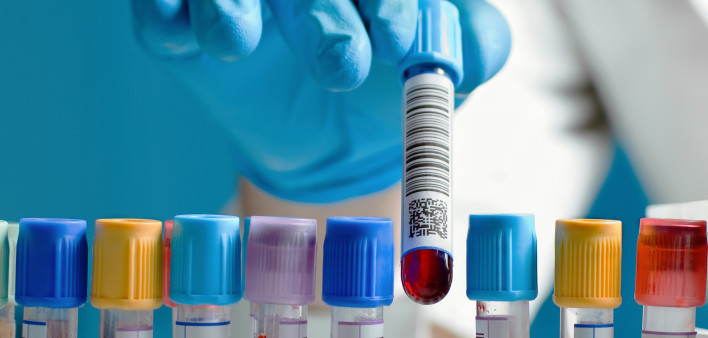A study of middle-aged men living with HIV found rates of hypogonadism (low testosterone) more commonly seen in older men, and effective HIV treatment didn’t change that, according to a paper published in the journal AIDS.
The good news is that lower rates of free testosterone were not associated with physical problems such as erectile dysfunction or osteoporosis (bone loss). The bad news is that it was associated with use of efavirenz (Sustiva, also in the Atripla and Symfi combination pills).
Between 2013 and 2016, Marie Lachâtre, MD, of the Cocin-Pasteur Center for Clinical Investigation in Paris, and colleagues recruited 240 men living with HIV who had been on effective antiretroviral treatment for six months or more and had an undetectable viral load (defined here as fewer than 50 copies). The men donated blood samples to be tested for hormonal, metabolic and virological markers and agreed to undergo bone density testing on the first and eighth day of the study. In addition, they answered questions about erectile dysfunction, depression and quality of life.
The men were mostly gay or bisexual (78%) and were a median of 43 years old at the start of the study. Overall, they had been living with HIV for a median of eight years, had been on antiretroviral treatment for a median of four years and had maintained an undetectable viral load for three of those years. Almost everyone (95%) had received nucleoside reverse transcriptase inhibitors (NRTIs). Less than half (47%) had experience with non-nucleotide reverse transcriptase inhibitors (NNRTIs), like efavirenz; 38% had used a protease inhibitor, and 22% had used an integrase inhibitor. At the time of the study, the newer integrase inhibitor dolutegravir (Tivicay and coformulations) was seldom used.
Of the 231 men for whom researchers had enough data, less than 1 in 10 had clinically defined low free testosterone levels. That’s double the rate of HIV-negative middle-aged men and more in line with the levels seen in older men, according to the researchers.
Those 9% of participants were slightly older—a median of 46 years old versus 43 for the study population as a whole. They were more treatment experienced, having taken medications for a median of seven years compared with four and had longer exposure to NRTIs, protease inhibitors and integrase inhibitors than their higher-testosterone peers. They also had longer viral suppression, at a median of nearly five years. What’s more, they’d had a lower nadir (lowest-ever) CD4 count level than their peers, at 256 versus 302 cells.
But there was no difference in rates of erectile dysfunction, depression or deterioration in quality of life between the men with and without low testosterone. Regardless of hormone levels, 55% of participants reported erectile dysfunction or a drop in quality of life, and one third reported symptoms of depression.
When the researchers looked at what factors were associated with lower testosterone levels, they found that men who had used efavirenz were nearly four times more likely to experience low testosterone. Men who were older and those who had a body fat percentage of 19% or more were also more likely to have low testosterone. But having a higher nadir CD4 count was associated with a 78% reduction in the odds of low testosterone.
While lower nadir CD4 counts and HIV itself have long been associated with hypogonadism among men living with HIV, the mechanism by which efavirenz is associated isn’t clear, wrote Lachâtre and colleagues.
It could be that the association between efavirenz and lipodystrophy (especially gynecomastia, or male breast enlargement) drives hormonal changes. Weight gain associated with certain antiretrovirals may change the hormone mix in men’s bodies, which the authors said warrants vigilance in monitoring weight gain and hypogonadism as integrase inhibitors become first-line treatment. On the other hand, premature physiological aging associated with HIV could be to blame.
“The correlation between age and [male hypogonadism] is well established, but our findings (based on a reliable [free testosterone] assay) show for the first time that this correlation is independent of viral control and of total body fat percentage,” the team wrote.
Click here to read the study.
Click here to learn more about your HIV treatment options, weight gain and HIV and aging.







2 Comments
2 Comments